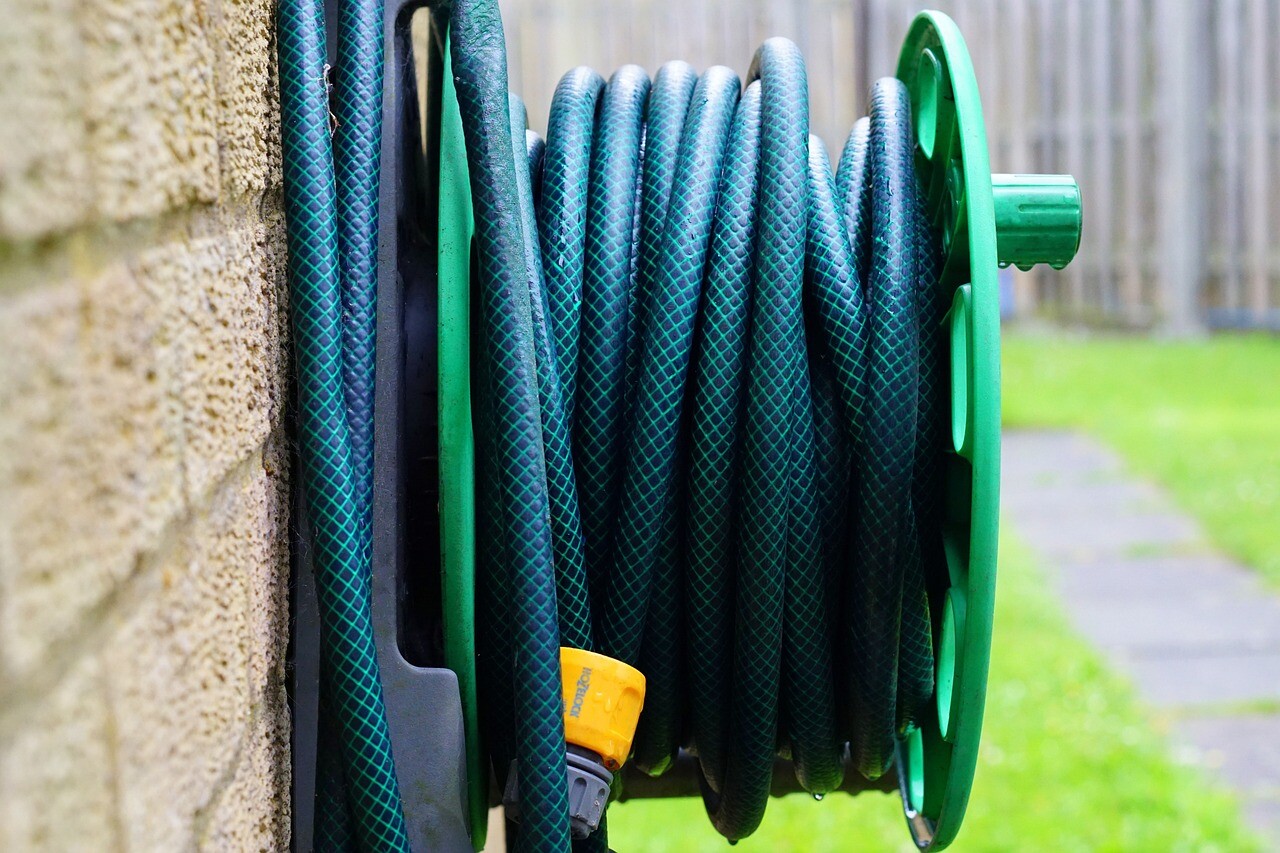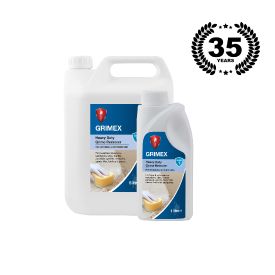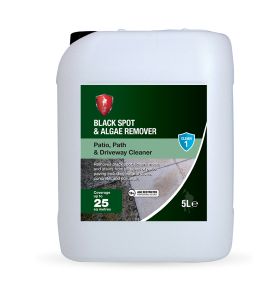
After the dry spell early in the summer, the rather typical ‘summer holiday’ weather has arrived. Despite this, there are still hose pipe restrictions in the South West and South East Water regions. In Cornwall, this has been the case since last August. This can make all manner of outside jobs more difficult, especially watering, but in the case of patio cleaning, it shouldn’t hamper your progress. In fact, a mop and bucket – and the correct cleaner – will do a far better job than a blast of water.
Jet washing may seem like the best method for a fast clean but it will only wash dirt off the surface of the slabs. High pressure water will also damage grout joints. A specialist treatment, on the other hand, will react with ingrained residue and organic matter, drawing it out of the stone’s porosity. It will also help to prevent regrowth of algae and other organic material.
The mop-and-bucket approach is one that’s very much routine in other countries. Patios are mopped in the same way as indoor floors, on a regular basis. This makes ongoing maintenance far easier. Regular cleaning of inside-to-outside surfaces, like those that run through bifold doors, also helps maintain a seamless aesthetic.

Porcelain and slate are really easy to mop. Here’s an example of a beautiful slate patio, finished with Blue Black Slate from Nustone.
What to put in the bucket
To properly remove stains and ingrained dirt, we recommend a thorough wash with deep cleaner and stain remover, LTP Grimex. Before cleaning, remove furniture, pots and other objects, and sweep the slabs to remove any leaves and residue. Then, test the cleaning solution on an inconspicuous area.

How to apply LTP Grimex:
To remove mild staining, dilute one part of Grimex with 10 parts of warm water. Mop the surface and rinse with clean water. For more severe staining, dilute one part of Grimex with 3 parts of warm water. Agitate with a scrubbing brush and leave to act for 5-10 minutes, adding more solution to keep the surface wet. Sweep up any residue and rinse thoroughly with clean water. Once stubborn staining has been removed, a regular clean will keep on top of things.
Dealing with slippery paving slabs
If your patio is prone to slippery black spot, lichen, moss and algae, it will benefit from a targeted treatment with LTP Blackspot & Algae Remover. This solution is designed to break down microspores and black spot ‘hyphae’ before they colonise and it’s acid-free, so safe to use on acid-sensitive stone. However, it does contain a bleaching action to remove stains, so test first on an inconspicuous area.

Oil & Grease – and protecting for the future
If you regularly cook outside, and your pavers have become stained with oil and grease, you’ll find plenty of advice in our blog – Removing Oil & Grease from Paving Slabs.
If your patio hasn’t been sealed, consider applying a protective treatment once the surface has been deep cleaned. We recommend LTP External Stone Sealer for natural stone and LTP Porcelain Tile Protector for matt porcelain pavers. Both treatments are non-film forming and will help prevent the absorption of moisture and organic particles, reducing staining and the spread of algae, mould and black spot.
To find out more about patio maintenance, please visit http://www.ltp-online.co.uk. For further information, please contact LTP on tel. 01823 666213 or email [email protected]



